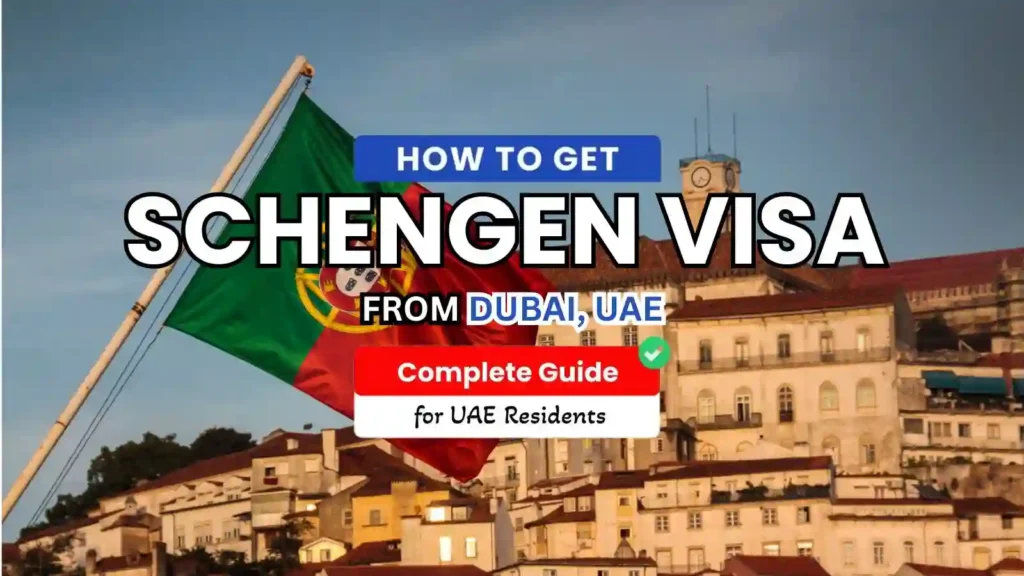
Planning Europe is the fun part—routes, cafés, museums. The quiet detail that makes all of that work is your entry category. It’s the line on your Schengen visa that says single, double, or multiple entry, and it decides how many times you can cross the Schengen border while your visa is valid. Choose well and your itinerary flows. Choose poorly and you’re rebooking flights at the airport.
What “entry” controls (and what it doesn’t)
Entry type controls how many times you can enter the Schengen Area during your visa’s validity. It does not change the short-stay limit: you still have a maximum of 90 days in any rolling 180-day period. Think of “entries” as door swipes; think of “90/180” as time on the clock.
Single entry: simple and contained
How it works: you can enter the Schengen Area once. When you leave, the visa is finished, even if you’ve used only some of your 90 days.
Best for: a trip that starts and ends inside Schengen with no side excursions outside the zone. Fly into Madrid, train to Paris, hop to Rome, then fly home—never crossing an external border.
Why choose it: it’s tidy, often easier for first-time applicants, and matches a classic one-loop itinerary.
Watch out for: detours. A quick hop to a non-Schengen country (the UK, for example) would end your trip unless you had a second entry.
Double entry: one planned detour
How it works: you get two entries. Come in, leave once, come back once—then you’re done, even if days remain.
Best for: one side trip outside Schengen between two Schengen segments. Example: Germany → UK (non-Schengen) → Spain → home.
Why choose it: you want flexibility for a single out-and-back without paying for a brand-new visa.
Watch out for: a second detour. If your plans shift and you need to exit again, you’ll be out of entries.
Multiple entry: freedom within the rules
How it works: you can enter and leave as often as you like during the visa’s validity, while respecting the 90/180 limit.
Best for: frequent travelers, people with family or recurring business in Europe, or itineraries with several non-Schengen hops.
Why choose it: true flexibility—perfect for two or three trips in the same year or mixed Schengen/non-Schengen routes.
Watch out for: expectations. Multiple entry is common for seasoned travelers but not guaranteed for first-time applicants; consulates look for clean travel history and compliance.
How to choose—match the visa to the route
Start with your map, not your wish list. Ask yourself:
-
Will you leave Schengen during the trip?
-
No → Single entry fits.
-
Yes, once → Double entry.
-
Yes, more than once or over several months → Multiple entry.
-
-
Are you planning more than one Europe trip within the visa’s validity?
If the answer is “probably,” multiple entry saves time and repeat paperwork. -
Do your dates stack up against the 90/180 rule?
Multiple entry doesn’t extend your day count; it just lets you spread those days across separate visits.
Quick scenarios to make it concrete
-
Classic Euro loop (no external hops): single entry works perfectly.
-
Conference + UK weekend + Spain holiday: double entry (Schengen → UK → Schengen).
-
Quarterly business visits across the year: multiple entry keeps the door open.
-
Summer trip now, winter markets later: multiple entry if your profile supports it.
Presenting your case in the application
Consulates appreciate files that tell one clear, consistent story. Help them say yes:
-
Explain the entries you need. A short cover letter can do the heavy lifting: route, dates, and where you exit/re-enter.
-
Prove the route. Add flight reservations, train plans, and hotel bookings that match your story. If one segment is still flexible, note it.
-
Show ties and timing. Employment letters with approved leave and a realistic budget strengthen return intent and feasibility.
-
Be precise with details. Names, dates, addresses, and booking references should match across every document.
The 90/180 rule, in plain language
You can stay up to 90 days within any rolling 180-day window. The window is not fixed by calendar months; it “rolls” with each day of presence. Multiple entry doesn’t increase this allowance—it only lets you split your days into separate visits. Keep a simple log (or use a reputable calculator) so you don’t overshoot.
Common pitfalls you can avoid
-
Choosing single entry, then adding a UK or Balkans side trip later. If there’s even a chance, request double or multiple.
-
Assuming multiple entry is automatic. It’s often granted to travelers with good history; for first-timers, request it with a solid rationale.
-
Mixing dates across documents. One wrong month on a hotel booking can unravel a neat application.
-
Forgetting that entry type ≠ duration. You can have multiple entry and still run out of days.
Timing and practicalities
-
Apply early. Aim for 3–4 weeks before departure; more in peak seasons.
-
Book smart. Use refundable or “pay later” bookings until your visa is issued.
-
Pack your proof. On travel day, keep insurance, first-night address, and onward/return ticket handy. Border checks are smoother when answers are on paper, not memory.
Bottom line
Pick the entry category that mirrors your actual route.
-
Single keeps a straightforward itinerary simple.
-
Double covers one planned exit and return.
-
Multiple gives frequent or flexible travelers room to move—within the 90/180 rule.
Match the visa to your map, keep your documents consistent, and you’ll spend less time at counters and more time doing what you came for—walking new streets, trying new food, and turning a plan into a trip you’ll talk about for years. With Global Sky Visa – your reliable partner for smooth Schengen applications – the paperwork stays simple while the journey stays exciting.
